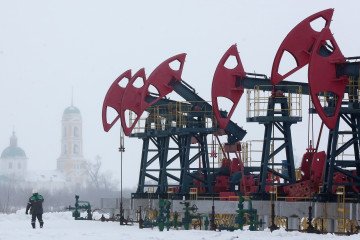- Category
- War in Ukraine
A Year Ago, Russia Destroyed the Kakhovka Hydroelectric Power Plant. Today, People Still Feel The Consequences
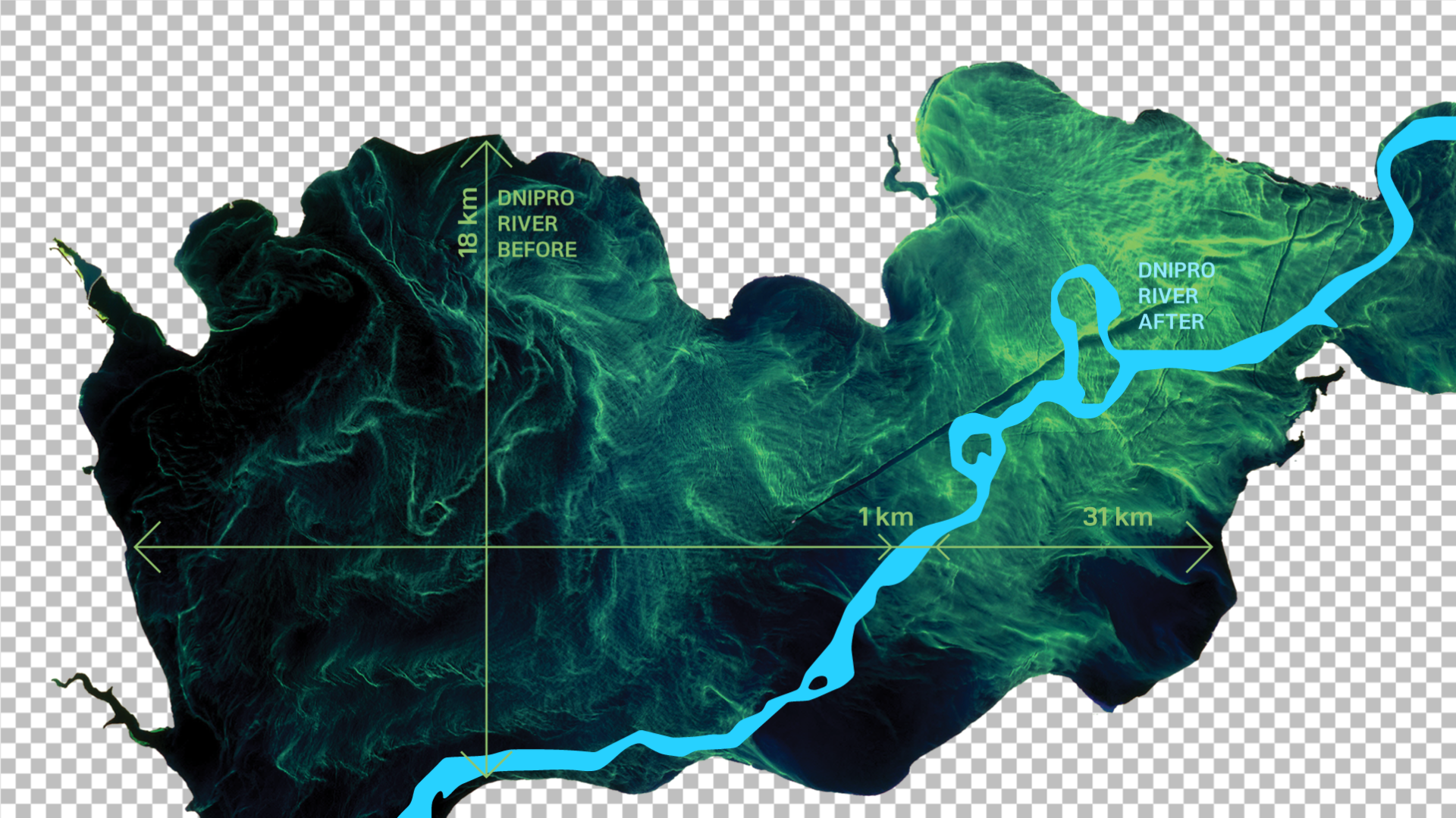
Ukraine and the UN estimate the damages from Russia’s destruction of the Kakhovka Hydroelectric Power Plant (HPP)—which flooded southern Ukraine—at $14 billion. But this is just what can be calculated; the actual losses are much higher.
On the morning of June 6, 2023, residents of Kherson began to notice the water level in the Dnipro River rising. It soon became clear: the Russian army, which had occupied the Kakhovka Hydroelectric Power Plant, had blown it up. Water from the Kakhovka Reservoir flowed along the riverbed and began to overflow Dnipro’s banks. By the end of the day, the water level had risen by several meters, flooding Kherson and villages dotted along the river.
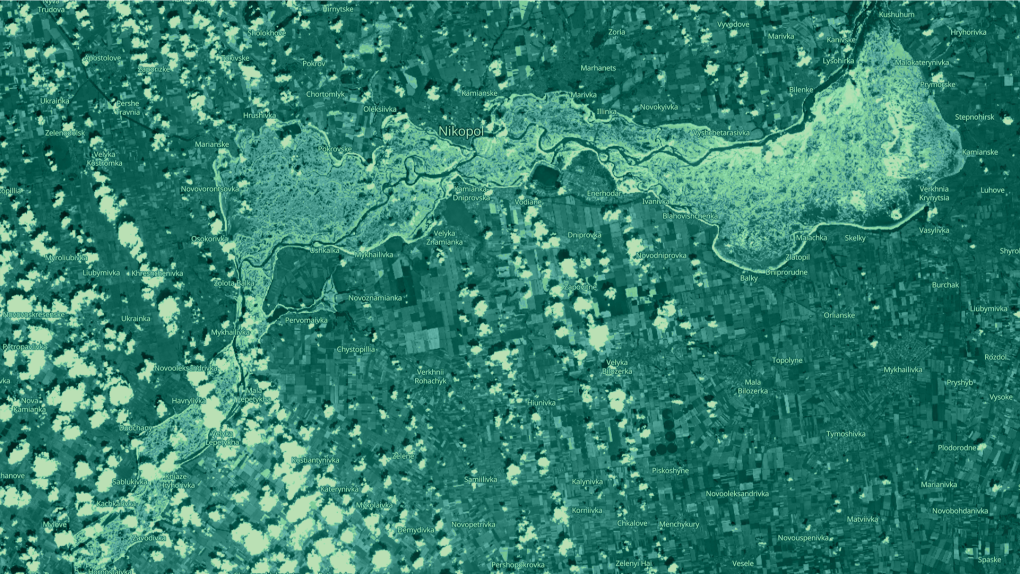
The Geneva Conventions—which establish the legal rules of conduct in wars—prohibit the destruction of large infrastructure objects that could impact the lives of a large number of civilians. Among such objects are hydroelectric power plants and dams. However, this did not stop the Russian army: they blew up the Kakhovka HPP.
This seems to be the first man-made disaster of such a scale in the 21st century. It affected an entire region where over 1 million people lived before the full-scale invasion began. However, the consequences extend far beyond one region or even one country.
People’s everyday lives
According to a UN report, the destruction of the Kakhovka HPP affected more than 100,000 residents of southern Ukraine, particularly in the Kherson and Mykolaiv regions.
A total of 37,000 houses were damaged; the vast majority of them were private homes. Approximately one-sixth of them are beyond repair. Preliminary estimates indicate damages in this area amounting to $1.1 billion.
Just the dismantling of damaged structures and the removal of construction debris will cost Ukraine more than $66 million.
But estimates from experts do not include the lost income from, for example, rental payments or the banking system's losses from lost collateral or mortgage defaults.
In addition, residents of these areas were left without:
Access to drinking water, as its quality in wells, underground sources and boreholes severely diminished.
Access to basic services, such as hospitals, which were also affected by the flooding. Long-term recovery is expected to cost around $100 million.
Access to educational institutions, as schools and kindergartens were damaged. Restoration will cost over $62 million.
Access to water supply and sewage, sanitation, waste removal, and other basic services for a decent life. Restoring the water supply alone will require more than $700 million.
The destruction of the HPP also led to power supply disruptions.
But everything described above primarily concerns material losses and access to basic services. However, the social aspect is also significant.
The destruction of the Kakhovka HPP, along with harsh living conditions in a region where more than 1 million people lived, destroyed social ties. People evacuated and left, while those who remained focused on recovery rather than the future. In other words, the Russian army's actions destroyed the very foundations of society in these areas, depriving people of everything necessary for living a normal life.
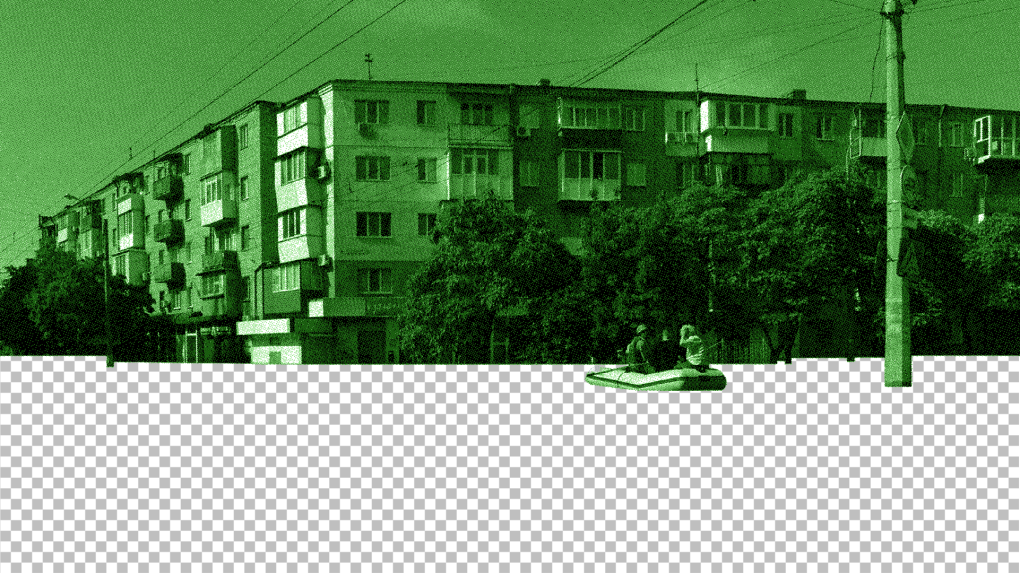
Such connections, generational continuity, and the creation of local communities are long processes—which often take decades. Russia has disrupted these connections by destroying entire villages and memory sites. It is impossible to evaluate this damage in purely monetary terms.
The impact on business, industry, administrative buildings, and services provided has also been immense. A key part of a healthy environment is trade, which suffered catastrophic losses in the region: businesses were destroyed, logistics were disrupted, and safety was undermined—until today.
Kakhovka Hydroelectric Power Plant
The destruction of the Kakhovka HPP is the loss of the largest energy facility in the Kherson region.
Today, Russians still control the left bank of the Dnipro and the city of Kakhovka, making it impossible to accurately assess the losses from the HPP's destruction. The area is under constant shelling. However, preliminary observations suggest that simple repairs won't suffice; the HPP will need to be rebuilt from scratch.

According to Ukrhydroenergo, which manages all state-owned Ukrainian hydroelectric power plants, building a new HPP will cost about $1 billion.
But that's not all. Since the Kakhovka HPP no longer exists, it can't produce or sell electricity, meaning lost profits must also be considered. According to the UN report on HPP destruction, this could amount to $828 million in lost income, assuming a new HPP starts operating within the next six years. The longer the war lasts, the greater this loss will be.
The Kakhovka Reservoir played a key role in providing electricity, drinking water, irrigation, and river transport operations in southern Ukraine. It also supplied water to enterprises in Kryvyi Rih, Nikopol, and other cities across the country.
It's worth noting that the destruction of the Kakhovka HPP poses additional challenges for both land and river logistics. The HPP and dam provided a route across the Dnipro, and the cascade of reservoirs on the Dnipro enabled river navigation along its entire length. Now, both points are impossible until restoration.
Kherson’s agricultural sector bears the consequences
The Kherson region is a major agricultural area. The Kakhovka HPP and dam created the large Kakhovka Reservoir, the water from which was used through a system of canals to irrigate over 200,000 hectares of agricultural land.
After the Kakhovka HPP was blown up, the reservoir water was lost, and the Dnipro returned to its old course, drastically reducing the water cover area. As a result, there is no longer water for irrigation in the Kherson region and neighboring areas. The agricultural sector's losses are difficult to calculate because part of the land is still occupied, and part is mined.
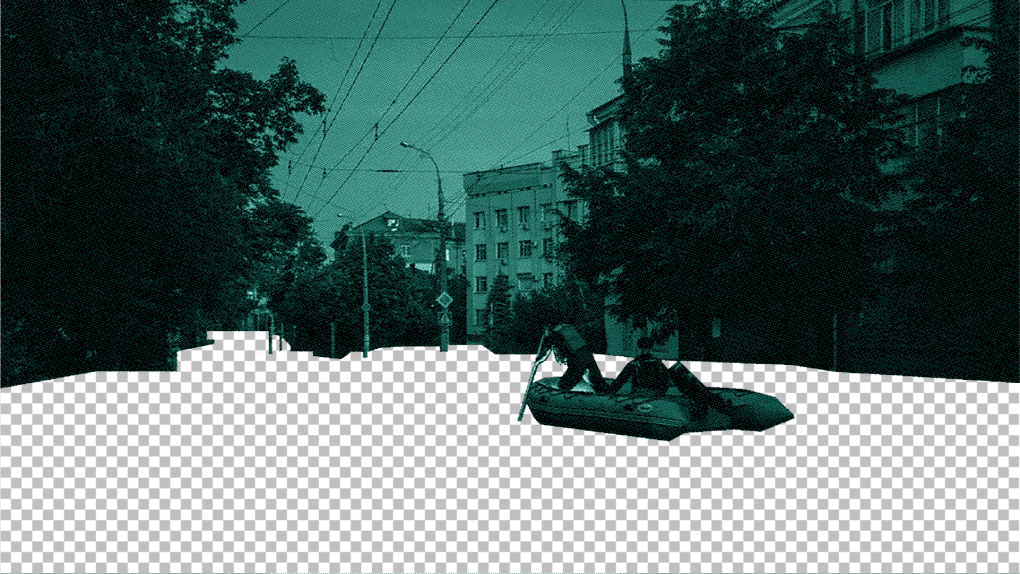
Another major problem is the canals themselves: the Kakhovka, North Crimean, Oleksandrivka, Dnipro-Kryvyi Rih, and others. Water from these canals was used for drinking water and land irrigation. The longer they are without water, the harder it will be to restore them as they overgrow and deteriorate.
It's important to understand that soil degradation will occur without constant irrigation, and its restoration will also take time and additional investments in fertilizers. Overall, the agricultural sector is a crucial part of the entire region's economy. Losing it will also mean losing jobs.
The agricultural sector's losses are estimated at over $400 million.
A man-made ecological disaster of unprecedented scale
The ecological consequences are catastrophic. According to the UN, damages amount to $6.4 billion, nearly half of the total damages. The region's environment suffered in many areas.
The disaster impacted 330,000 hectares of protected areas and 11,294 hectares of forests. 150 tons of oil products spilled. Flooded areas of over 640 square kilometers are contaminated. Russian mines were washed away, creating a huge need for humanitarian demining. Restoring forests alone will require more than $37 million. The environment for flora and fauna, formed over the last 70 years, was destroyed.
It is impossible to fully assess the damages at this time, as many areas are still inaccessible to expert research groups due to the danger of shelling by the Russian army.
Russia’s crime against Ukraine and the entire world
The destruction of the Kakhovka HPP is an unprecedented crime by the Russian Federation against Ukrainians, Ukraine, and the entire world. The water from the Kakhovka Reservoir was used to cool the reactors of the Zaporizhzhia Nuclear Power Plant, the largest nuclear power plant in Europe. Now that the reservoir is gone, catastrophic consequences could threaten the whole world. This also concerns agriculture, as grain from these regions was exported, and river transport was the simplest, fastest, and cheapest way to deliver agricultural products from central Ukraine to the ports of Odesa, from where they were also exported, including to African countries as part of UN food programs. Russia is destroying all of this.
Ukraine asks for global help to ensure nuclear and food security through the Peace Formula that will be presented at the Summit on Peace for Ukraine in Switzerland on June 15-16.
-29a1a43aba23f9bb779a1ac8b98d2121.jpeg)
-6359eca46c72bde40a90abaaadd6eaa8.png)


-206008aed5f329e86c52788e3e423f23.jpg)
